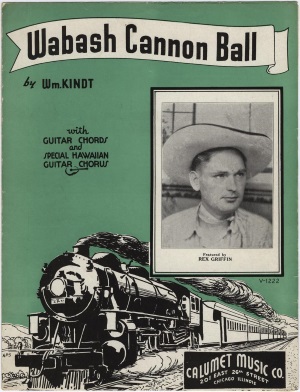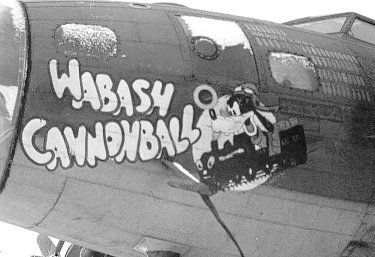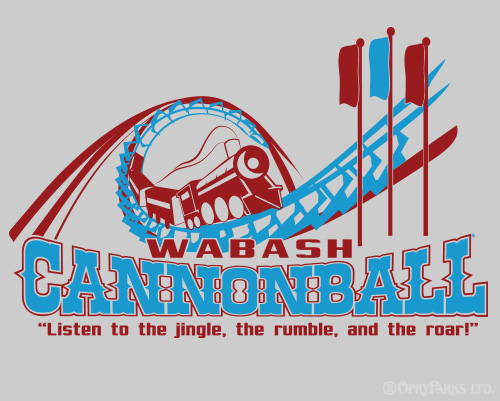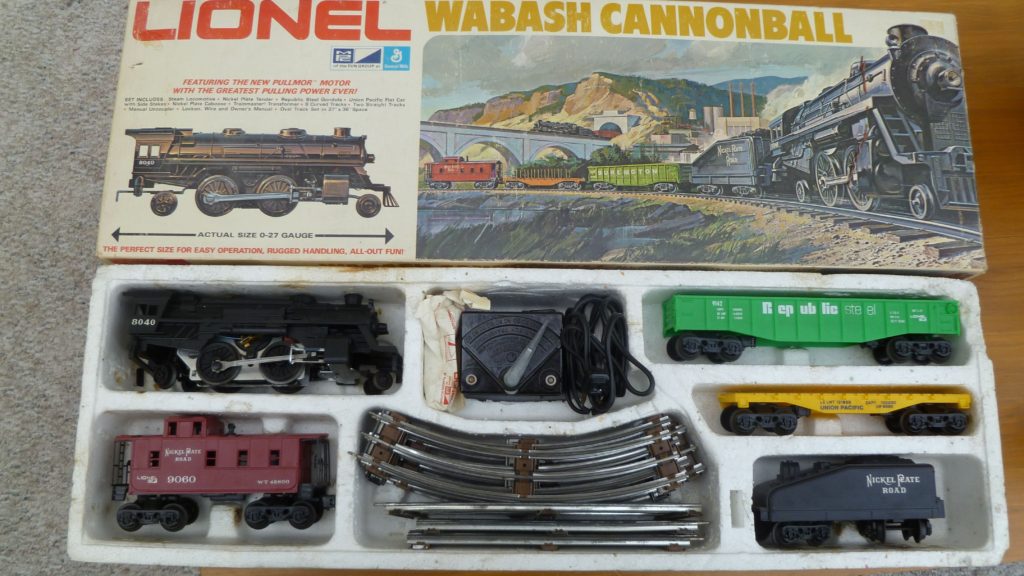“Now listen to the jingle, and the rumble, and the roar,
As she dashes thro’ the woodland and speeds along the shore,
See the mighty rushing engine, hear her merry bell ring out,
As they speed along in safety, on the Great Rock Island Route.” – J. A. Roff (1882)
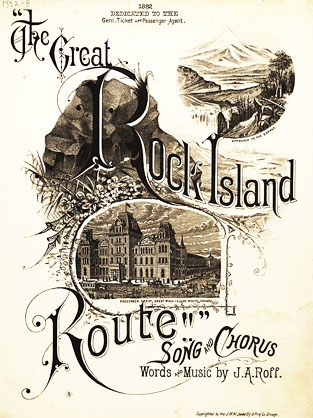
“The Great Rock Island Route”, is an American folk song credited to J. A. Roff. Published in 1882, the song celebrates the Chicago, Rock Island and Pacific Railroad, which was incorporated in 1851. The line’s first trains began running in 1852, between Chicago & Joliet, with continued construction reaching Rock Island by February 1854, making the railroad the first to connect Chicago to the Mississippi River.

At the peak of its service, the Rock Island Line stretched across Arkansas, Colorado, Illinois, Iowa, Kansas, Minnesota, Missouri, Nebraska, New Mexico, Oklahoma, South Dakota, and Texas. In the heyday of passenger rail travel, Rock Island operated the Golden State Limited (Chicago—Kansas City—Tucumcari—El Paso—Los Angeles) jointly with Southern Pacific Railroad.
But like many railroads, the Rock Island Line experienced waning profitability in the modern age of transportation, and in the 1970s bankruptcy loomed. After the railroad’s final train battled three days of snowdrifts to arrive in Denver on March 31, 1980, the insolvent company was liquidated. In 1984, after all assets were sold, and all debts were paid, the company found itself with a large amount of cash, changed its name to Chicago Pacific Corporation, and soon purchased the Hoover appliance company.
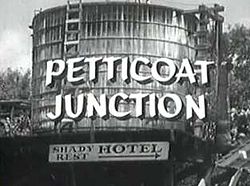
An interesting side note:
A spur of the Rock Island Railroad that ran beside a small hotel in Eldon, Missouri, was the inspiration for the popular 1960s television show “Petticoat Junction”. Ruth Henning, whose grandmother owned the hotel, was a co-creator of the show, along with her husband Paul, who also created “The Beverly Hillbillies” and “Green Acres.”
“Listen to the jingle, the rumble, and the roar
As she glides along the woodland o’er the hills and by the shore
Hear the mighty rush of the engine hear those lonesome hoboes call
Traveling through the jungle on the Wabash Cannonball” – William Kindt (1904)
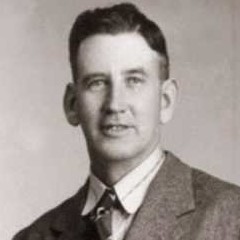
Alvin Pleasant Delaney Carter was a musician and founding member of the Carter Family, one of the most

Towards the latter part of the 1920s, as RCA Victor’s Victrola record player was increasing in popularity, the company conducted a search for more recorded content to sell to its quickly growing customer base. They sent a mobile-recording team around the country, with one of the stops being in Bristol, Tennessee, just a few miles from Maces Springs. The Carter Family recorded several sides for RCA at the initial session, and those recordings soon became popular nationwide.
As the Carter Family recordings continued to sell in even greater numbers, A.P. returned to the remote hills and hollows in search of more material for his group to record.
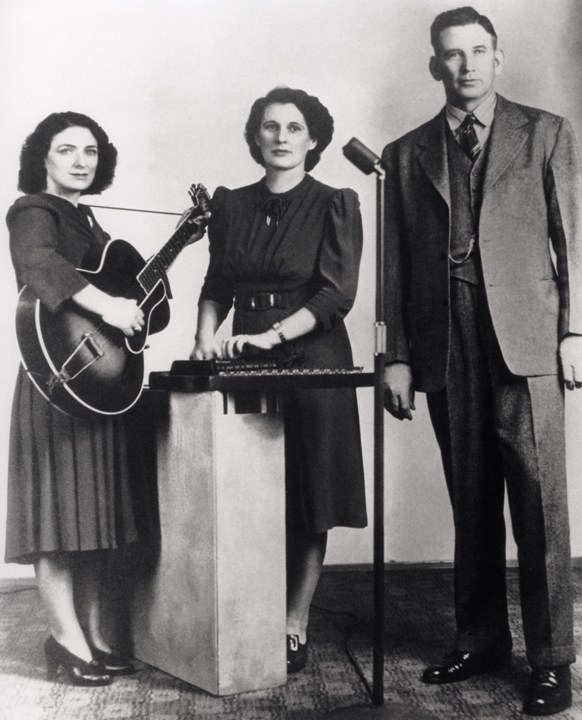
The Carter Family would make one of the first known recordings of “Wabash Cannonball” in 1929, though it would not be released until 1932. A.P. Carter and his group would become so identified with the song, that some sources list him as its composer.
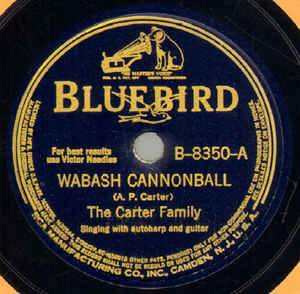
“From the great Atlantic ocean to the wide Pacific shore
She climbs a flowery mountain o’er the hills and by the shore
She’s mighty tall and handsome she’s known quite well by all
She’s a regular combination on the Wabash Cannonball” – William Kindt
A rewritten version of “The Great Rock Island Route” appeared in 1904 under the title “Wabash Cannon Ball”; the song is credited to William Kindt. Retaining the “Rock Island” melody, as well as the main chorus structure, the song now told the story of a fictional train, traveling through the hobo jungles along its continental odyssey.
There are many theories as to the origin of “The Wabash Cannonball”. Labor organizer, folksinger and storyteller, Utah Phillips, believes that hobos imagined a mythical train called the Wabash Cannonball which was a “death coach” that appeared at the death of a hobo to carry his soul to its reward (like Vikings on their way to Valhalla). The song was then created to tell the legend in rhythm & rhyme.
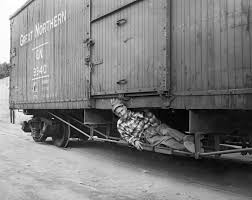
Another theory for the train’s origin states that the song is based on a tall tale in which Cal S. Bunyan, Paul Bunyan’s brother, constructed a railroad known as the
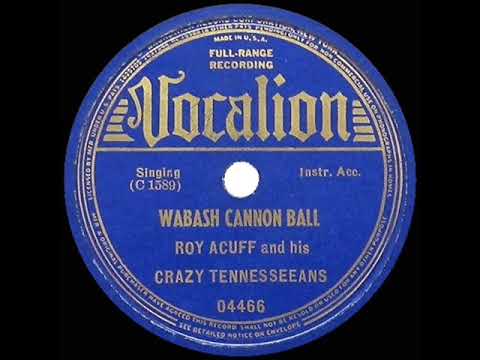
Country singer Roy Acuff recorded “Wabash Cannonball” in 1936. His version is reported to be one of the fewer than 40 all-time singles to have sold greater than 10 million physical copies.
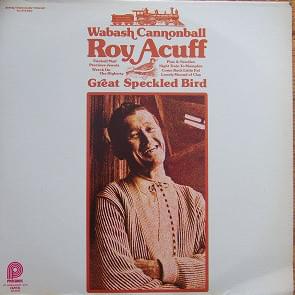
“Wabash Cannonball” is a signature song of the Indiana State University Marching Sycamores and the Purdue All-American Marching Band. Both campuses are adjacent to the Mighty Wabash River. It is also associated with the Stephen F. Austin State University Lumberjack Marching Band, the Texas Tech University Goin’ Band from Raiderland, and the University of Texas Longhorn Band. “Wabash Cannonball” is known as the unofficial “second” fight song of Kansas State University, having been played since the late 1960s. It was the only piece of sheet music rescued from the KSU music department in a fire in 1968. It was also used as the theme song by USS Wabash.

What does this particular train song have to do with baseball? Here’s what: Baseball Hall of Famer, Jay Hanna “Dizzy” Dean, who had had a colorful career pitching for the St. Louis Cardinals, among other teams, often sang verses of the song while broadcasting the Major League Baseball Game of the Week in the 1950s and early 1960s.
“The Wabash Cannonball” is included on The Rock and Roll Hall of Fame’s 500 Songs that Shaped Rock and Roll list, and is the oldest song on that list.
Wabash Cannonball was the name of a (now-defunct) roller coaster at Opry Land USA in Nashville.
And in what is truly a case of life imitating art: While there was never a real-life Wabash Cannonball, in the wake of the song’s popularity, the Wabash Railroad renamed its daytime express run between Detroit and St. Louis as the Wabash Cannon Ball in 1949, the only actual train to bear the name, which it carried until the creation of Amtrak in 1971.
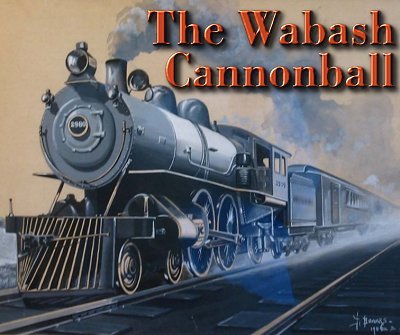
Though the recollection is vague, I’m pretty sure the first time I heard the song was when “Cousin Ernie” (Tennessee Ernie Ford) came to visit the Ricardos in New York and performed a solo on their living room sofa during an episode of I Love Lucy.
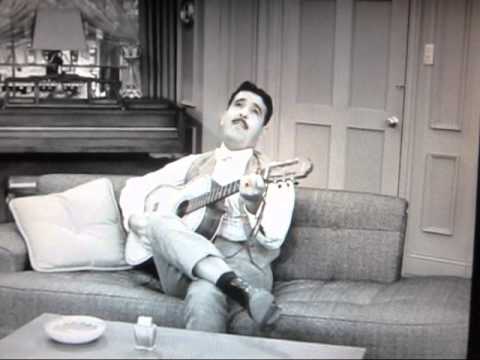
“Listen to the jingle, the rumble and the roar”
Sources:
https://en.wikipedia.org/wiki/Chicago,_Rock_Island_and_Pacific_Railroad
https://en.wikipedia.org/wiki/Wabash_Cannonball
https://en.wikipedia.org/wiki/A._P._Carter
https://www.google.com/search?client=firefox-b-1-d&q=wabash+cannonball+lyrics
All photos sourced from internet searches, none belong to the author.
